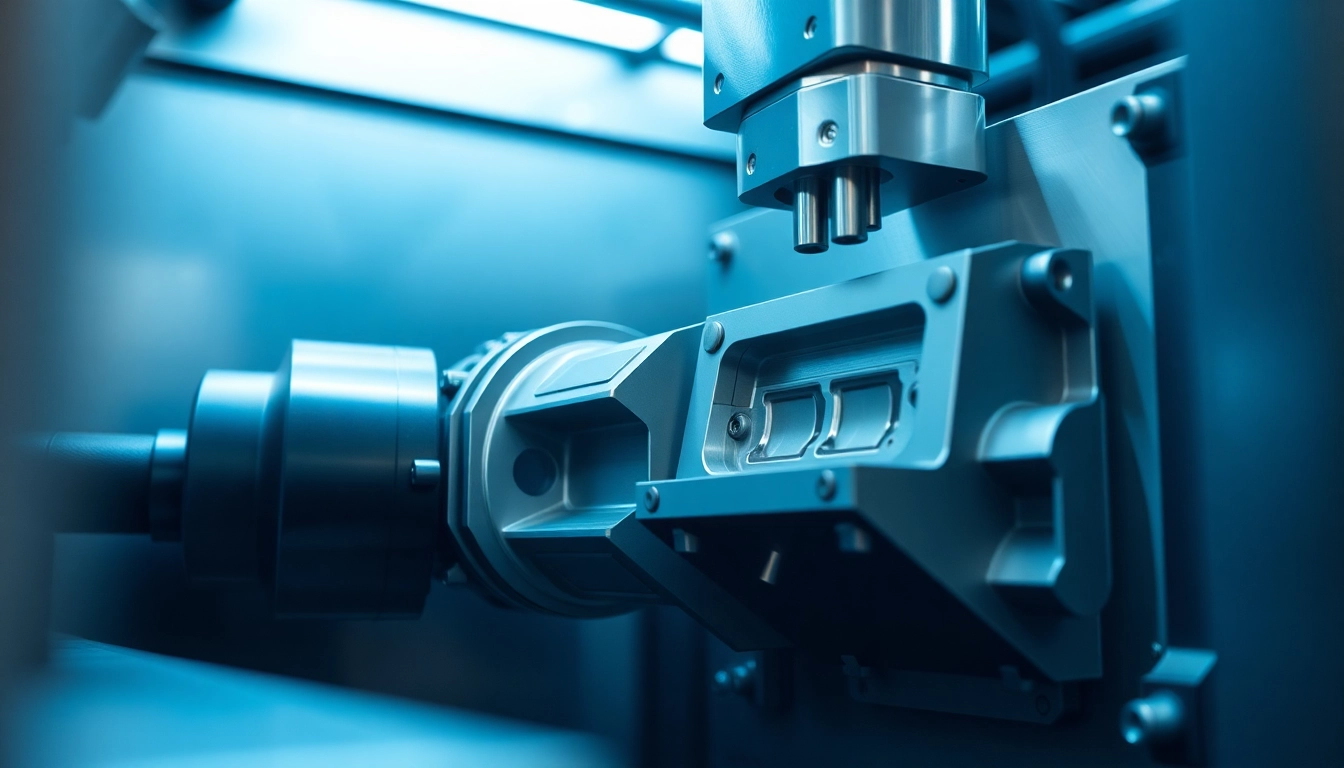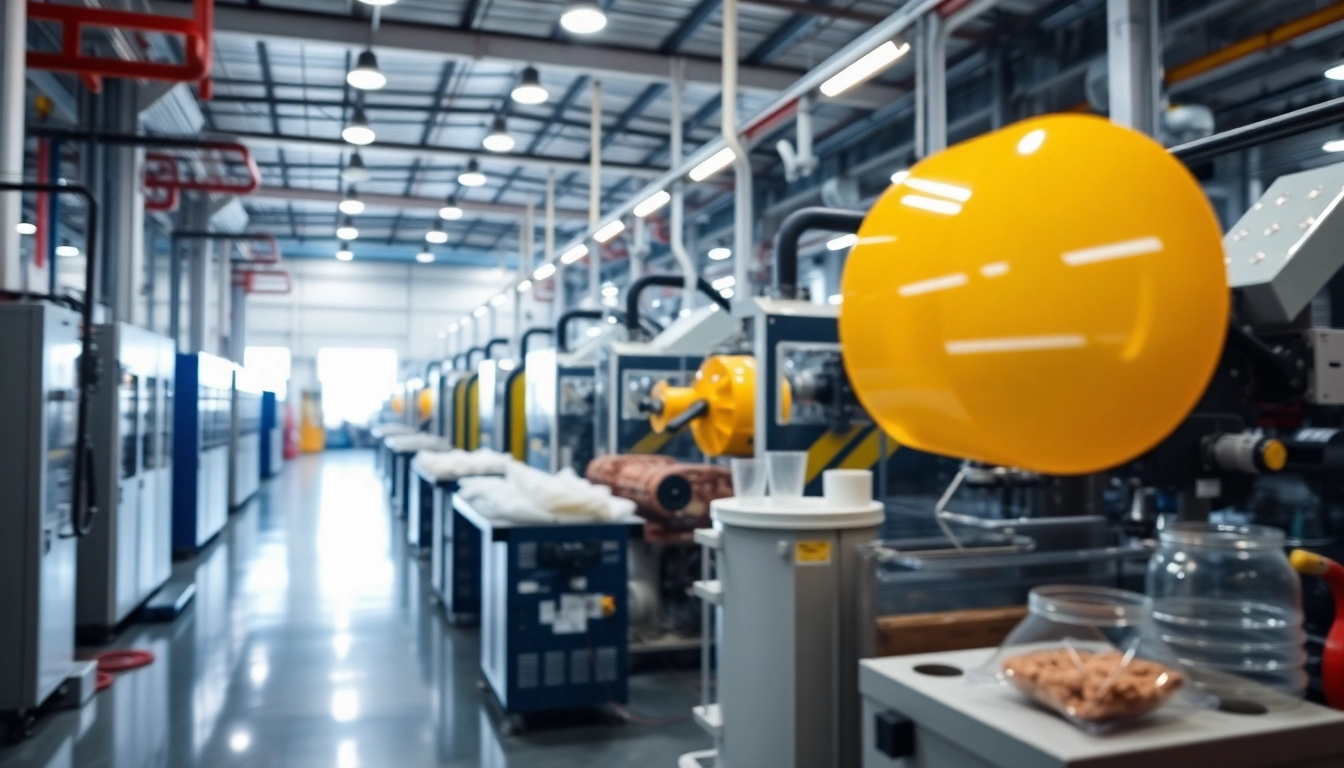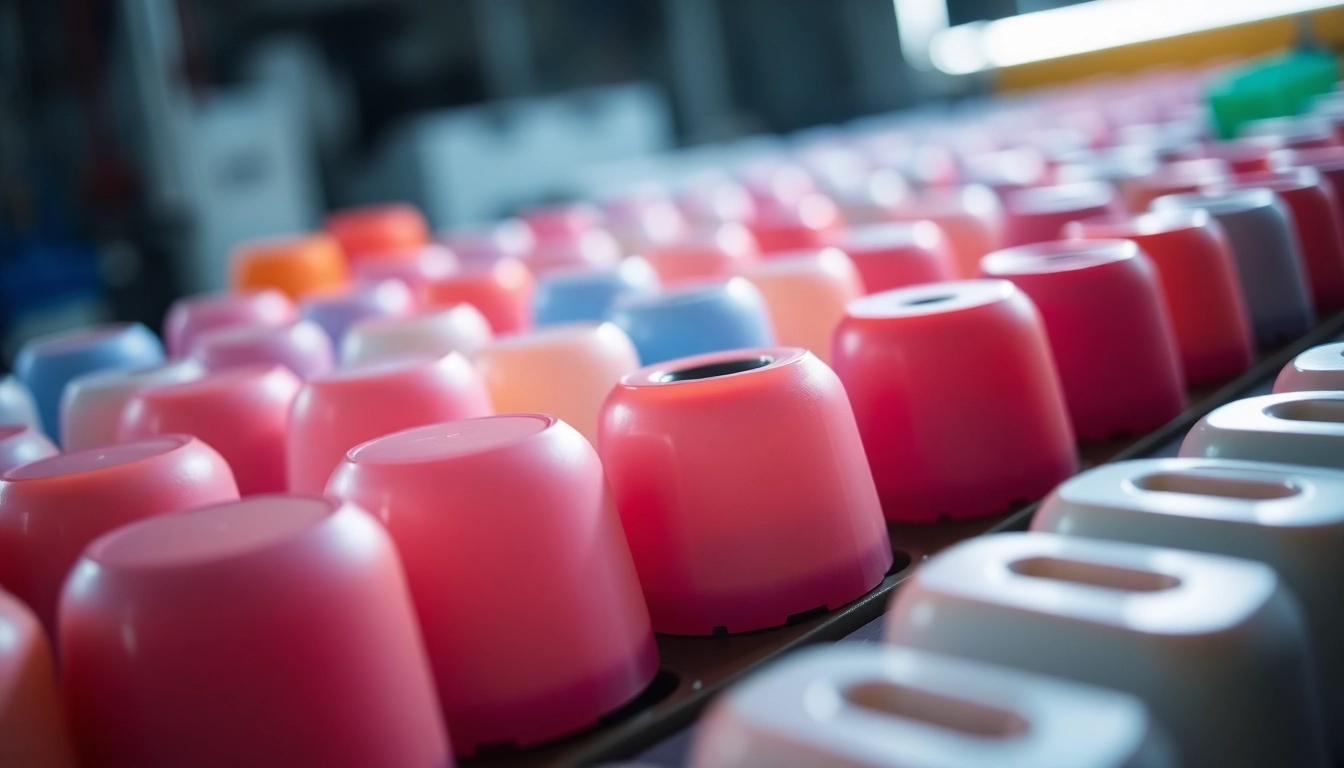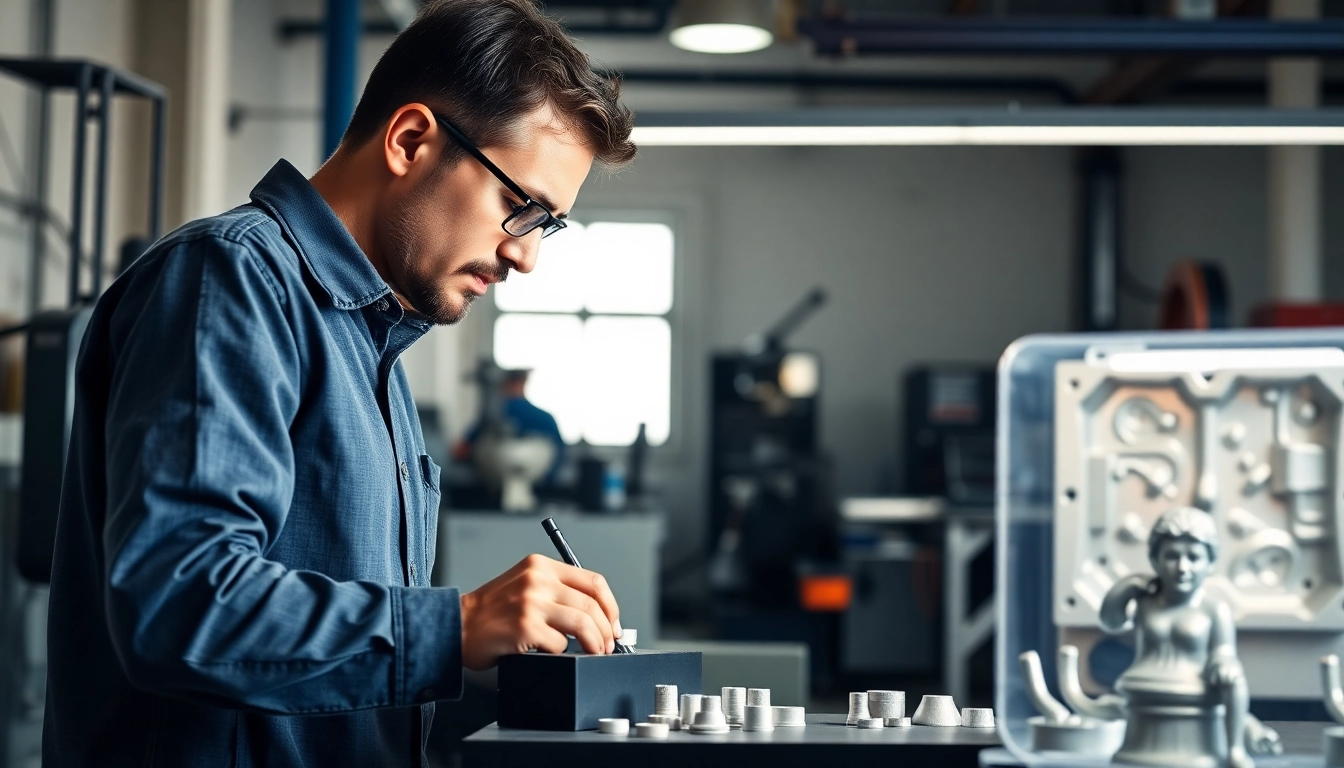Understanding Injection Molding and Its Importance
What is Injection Molding?
Injection molding is a widely used manufacturing process for producing parts in large volumes. The technique involves injecting molten material—typically plastics—into a mold where it cools and solidifies into the desired shape. This process is not only efficient but also allows for high precision and intricate details in the finished product. Whether producing automotive components, consumer goods, or specialty medical devices, injection molding stands as a cornerstone technique in the manufacturing industry.
Key Benefits of Injection Molding
Injection molding offers a myriad of advantages, making it one of the most favored methods in manufacturing:
- High Efficiency and Speed: Once the mold is created, the process can run continuously, making it ideal for large-scale production.
- Cost-Effectiveness: For high-volume runs, the cost per unit significantly drops, ultimately saving money.
- Design Flexibility: Complex geometrical shapes and intricate designs can be achieved, bypassing many limitations faced by traditional manufacturing methods.
- Material Variety: A wide range of thermoplastics and thermosetting polymers can be utilized, allowing companies to choose materials that best suit their products.
- Reduced Waste: The precise nature of injection molding minimizes excess material usage and waste, making it an environmentally friendly choice.
The Role of a Mold Maker
The success of injection molding heavily relies on the quality of the mold, which is why the role of a mold maker for injection molding is crucial. Mold makers design, create, and modify molds that are later used in the injection molding process. Their expertise determines the quality, functionality, and durability of the molds, directly impacting the production efficiency and quality of the molded parts.
How to Find a High-Quality Mold Maker for Injection Molding
Researching Industry Experience
Finding a skilled mold maker requires thorough research into their experience and track record. It’s essential to assess their background in the industry, including how long they have been in business, their expertise in particular types of molds, and the sectors they have catered to. Established mold makers usually have a portfolio demonstrating past projects that reflects their capabilities and level of sophistication.
Evaluating Past Projects and Client Feedback
Client testimonials and feedback play a vital role in understanding the reliability and skills of a mold maker. Potential clients should not hesitate to ask for references or case studies related to previous work. Analyzing past projects can reveal the mold maker’s experience with different materials, design complexities, and the scale of production.
Understanding Material and Design Specialties
Not all mold makers are created equal. Some specialize in specific materials or types of molds, such as multi-cavity molds, hot runner systems, or silicone molds. Understanding the specialties of a mold maker will help ensure they can meet specific project requirements effectively. This can involve deeper discussions about the intended application of the molded parts to align product needs with the mold maker’s capabilities.
Key Considerations When Selecting a Mold Maker for Injection Molding
Cost vs. Quality: Finding the Right Balance
In the quest for a mold maker, striking a balance between cost and quality is critical. While it might be tempting to go for the cheapest option, this can lead to subpar molds that cost more in the long run due to inefficiencies or part failures. A higher-quality mold maker may require a larger initial investment, but the potential savings from reduced production issues typically outweigh the upfront costs.
Geographical Location and Accessibility
A mold maker’s geographical location can influence project timelines and communication ease. Choosing a local mold maker can facilitate quicker turnaround times and allow for face-to-face interactions, which can be beneficial during the design and prototype phases. However, businesses should not overlook the potential advantages offered by offshore options, which may provide cost savings with equally capable craftsmanship.
Communication and Collaboration Potential
Effective communication is pivotal for a successful partnership with a mold maker. Evaluate their willingness to discuss project details, respond promptly to inquiries, and incorporate feedback. A collaborative approach is essential, as it fosters transparency and ensures that the final mold meets all specifications and quality standards.
Best Practices for Working with Your Mold Maker
Setting Clear Expectations and Deadlines
Early in the collaboration, it is crucial to establish clear expectations regarding project deliverables, timelines, and quality standards. For a smoother workflow, outline key milestones and review points during the development process. This allows for timely adjustments and ensures both parties are aligned throughout the project.
Maintaining Open Lines of Communication
Maintaining open and frequent communication can significantly enhance the partnership with your mold maker. Regularly scheduled check-ins or updates can keep all parties informed about progress, address concerns, and answer any questions that arise during production. This proactive measure often leads to a more responsive and adaptive working relationship.
Utilizing Feedback for Improvement
Constructive feedback is invaluable to the iterative process of mold development. Encourage an environment where both the client and the mold maker can share insights and suggestions based on what works and what doesn’t. This dynamic feedback loop can facilitate enhancements that will not only benefit the current project but also fortify future collaborations.
Future Trends in Injection Molding and Mold Making
Technological Advancements and Their Impact
The injection molding industry is at the forefront of embracing new technologies. Innovations such as 3D printing, automation, and advanced simulation software are changing how molds are designed and manufactured. These technologies can dramatically reduce lead times, cut costs, and improve precision in crafting molds. Staying updated on such advancements can allow companies to explore efficiency gains and remain competitive in the market.
Sustainability in Mold Making
Sustainability is becoming increasingly important in manufacturing processes, including injection molding. Mold makers are focusing on eco-friendlier materials, energy-efficient production methods, and the reduction of waste in the manufacturing process. Adopting a sustainable approach not only meets growing consumer demand but also enhances the long-term viability of manufacturers striving for compliance with environmental regulations.
The Growing Importance of Customization
As market demands shift towards personalized and customized products, the role of mold makers is evolving. Future trends indicate a significant increase in the need for custom molds tailored to specific production needs. This demand for customization pushes mold makers to focus more on flexibility and innovation in their design processes to accommodate unique specifications without compromising on quality or efficiency.




